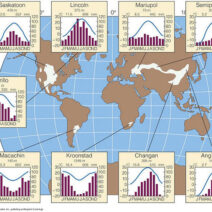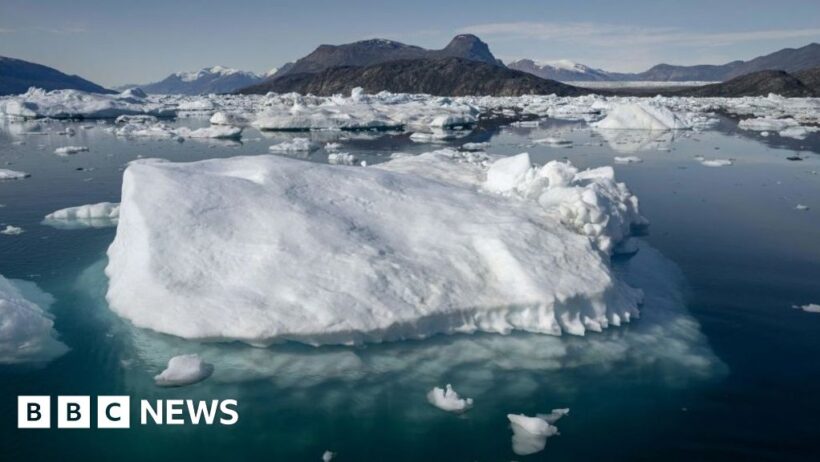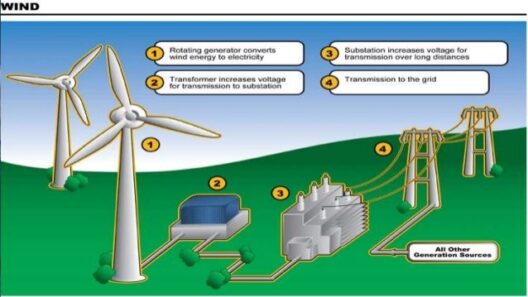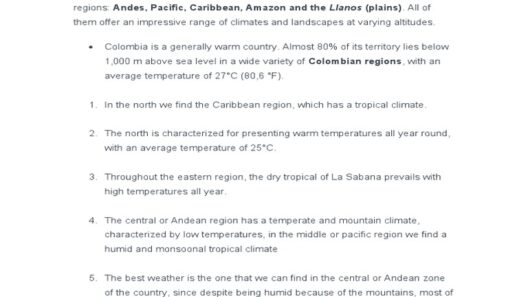This article endeavors to demystify the concept of climate change, often erroneously spelled as “climate chnage.” Understanding this phenomenon is critical as it impacts various aspects of life on Earth, from weather patterns to biodiversity. With rigorous examination, we can grasp the intricacies of climate change and recognize its implications for our planet.
A Defining Dilemma: What Is Climate Change?
Climate change refers to long-term alterations in temperature, precipitation, wind patterns, and other elements of the Earth’s climate system. These changes can be driven by both natural phenomena—like volcanic eruptions and solar variations—and anthropogenic (human-induced) factors, chiefly greenhouse gas emissions. The latter has been accelerating since the Industrial Revolution, resulting in unprecedented climatic shifts.
Understanding climate change also entails recognizing its two main components: global warming and climate variability. Global warming is primarily characterized by the rise in average surface temperatures, largely attributed to the accumulation of greenhouse gases such as carbon dioxide, methane, and nitrous oxide in the atmosphere. Climate variability encompasses the shorter-term fluctuations experienced within this longer trend, often manifesting as extreme weather events. These events include hurricanes, droughts, floods, and heatwaves, all of which have become increasingly frequent and severe.
The Science Behind Climate Change: Unpacking the Greenhouse Effect
The greenhouse effect is a natural process vital for sustaining life on Earth. It occurs when certain gases in the atmosphere trap heat from the sun, preventing it from escaping back into space. However, human activities—such as burning fossil fuels, deforestation, and industrial processes—have significantly bolstered the concentration of these greenhouse gases, thereby amplifying the greenhouse effect.
Carbon dioxide, the most prevalent greenhouse gas, is released during fossil fuel combustion and deforestation. Methane, another potent greenhouse gas, emanates from livestock and other agricultural practices, as well as landfills. Although methane has a shorter atmospheric lifespan than carbon dioxide, it is significantly more efficient at trapping heat, making it over 25 times more potent as a greenhouse gas over a 100-year period.
This alteration in the Earth’s energy balance results in higher global temperatures, leading to a cascade of negative consequences, including the melting of polar ice caps, rising sea levels, and shifting ecosystems. The intricacies of these processes reveal the profound interconnectedness of our planet’s systems, reminding us that changes in one area can reverberate throughout the entire biosphere.
Consequences of Climate Change: A Tapestry of Impact
The ramifications of climate change are far-reaching and touch upon every continent, species, and human endeavor. The following subsections elucidate critical areas impacted by this phenomenon.
1. Ecosystems and Biodiversity: A Tenuous Balance
Climate change significantly affects ecosystems, leading to habitat loss, altered migration patterns, and heightened extinction risks. Species that are unable to adapt to rapid changes face dire consequences. For example, coral reefs, often hailed as the “rainforests of the sea,” are particularly vulnerable to temperature increases, leading to coral bleaching. This destruction not only impacts marine biodiversity but also the livelihoods of millions who rely on these ecosystems.
2. Human Health: An Emerging Crisis
The intersection of climate change and public health is increasingly recognized as a pressing issue. Rising temperatures can exacerbate respiratory and cardiovascular diseases, while extreme weather events can lead to injuries and fatalities. Additionally, climate change can proliferate vector-borne diseases, as shifting weather patterns create favorable conditions for organisms like mosquitoes. Poor air and water quality, along with food scarcity stemming from agricultural disruption, pose further health threats.
3. Economic Impacts: A Costly Dilemma
From agriculture to infrastructure, the economic implications of climate change are profound. Extreme weather events can devastate crops, leading to food shortages and increased prices, while flooding and hurricanes can destroy infrastructure, requiring costly repairs and recovery efforts. Insurance companies are grappling with rising claims due to climate-related damage, and businesses are increasingly incorporating climate risk into their financial narratives.
Addressing Climate Change: Moving Towards Solutions
The urgency to address climate change cannot be overstated. Solutions must be expansive and multifaceted, involving individual actions, governmental policies, and corporate strategies. Transitioning to renewable energy sources such as wind, solar, and hydropower is paramount to reducing greenhouse gas emissions. Additionally, enhancing energy efficiency in homes, transportation, and industry can mitigate the carbon footprint.
Conservation efforts play a crucial role as well. Protecting existing forests, wetlands, and grasslands offers natural carbon sinks that absorb CO2 from the atmosphere. Furthermore, reforestation and afforestation initiatives can bolster this effect, contributing positively to biodiversity conservation efforts.
International cooperation is equally essential in this fight against climate change. Agreements like the Paris Accord aim to unite nations in a shared commitment to reduce greenhouse gas emissions and limit global temperature rises. However, achieving meaningful outcomes demands sustained political will and public engagement across all sectors of society.
Ultimately, combating climate change requires an informed and engaged populace willing to advocate for effective measures, embrace sustainable practices, and hold leaders accountable. Understanding the depth and breadth of this issue is the first step towards fostering a resilient and viable future for our planet.







